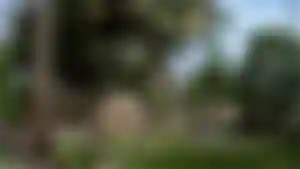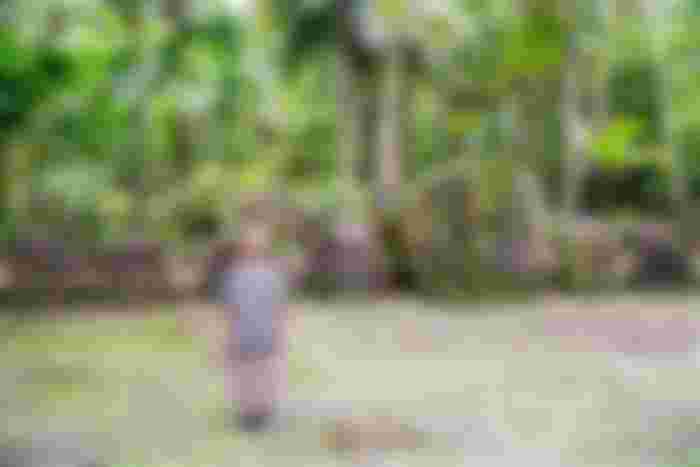Dear friends, "A man learns while he is alive"
And we really learn something new every day by learning and research. I have to share this interesting story with you.
If you were asked what is the biggest life investment you have invested in, what would you answer? A seemingly easy question, but the answer takes time to think. Many will first think of material goods such as a new house, apartment, car ... Some will continue to dig deeper into themselves looking for a more meaningful answer. The conclusion is that there is no greater investment than knowledge.
The most intriguing currency system in the world are RAI stone circles.They are used on the tiny western Micronesian island of Jap. Cut from limestone slabs, stone circles have a diameter of up to 4 meters (12 feet).The stones were not actually forged on the island of Jap, where there is no metal or such stones, but originated from the remote island of Anagumang, about 640 kilometers away. According to one version of the story of origin, the currency appeared when a group of researchers from Japa traveled to Anagumang more than 500 years ago. Astonished by the richness of limestone on the island, people from Japa were allowed to dig and carve limestone in exchange for goods and services for the inhabitants of Anagumanga. The carved rocks then sailed back towards the ocean to Japa, which is not small, since some weigh more than an elephant.

This arduous process of obtaining rai stones has enriched them with a sense of value. Like a giant coin, rai stones are exchanged as a symbol of value during culturally important ceremonies, such as a wedding, inheritance, conflict resolution or political agreement. Rai stones are still used today for ceremonial exchanges, although cash is mostly used in the daily life of the island.However, due to the size and weight of the rai stone, they are not carried in the wallet and will usually remain immobile outside of significant spaces, such as public buildings or communal paths.In 2019, archaeologists and economists from the University of Oregon studied this money system and claimed that it has some striking similarities with cryptocurrencies like Bitcoin.

Bitcoin is a decentralized digital currency that does not require a central authority, such as a bank, to process transactions. To record transactions, exchanges are encoded in a public transaction book, known as a blockchain, which is somewhat similar to a shared spreadsheet that is constantly updated. Transactions are collectively verified by everyone in the system and all transaction histories are available to everyone. Since common knowledge and common faith in currency are the core of the rai stone, this team of researchers claimed that it is very similar to the concept of cryptocurrency from the 21st century.As with rai stones, information on the value and ownership of bitcoin is managed jointly; it is a distributed financial system
Source historians. Images downloaded from the internet.

